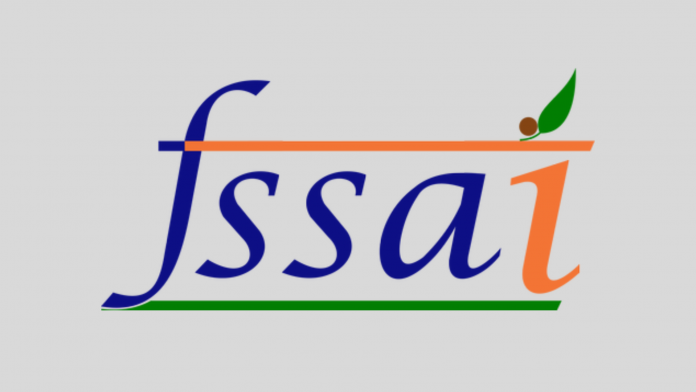According to the FSSAI, “equivalence claims” made by particular food items in relation to food are permissible, provided the product contains enough of the nutrients to qualify “that food” as a source of the nutrients.
The Food Safety and Standards (Advertising and Claims) Second Amendment Regulations, 2022, which were recently published in the official gazette, indicate that “equivalence claims in the form of words like “contains the same quantity of [nutrient] as a [food]” and “as much [nutrient] as a [food]” may be used to label foods, provided that the amount of the nutrient in the reference food is adequate to qualify that food as a “source” of that nutrient and the labelled food is an equivalent source of that nutrient per 100 g or 100 ml, or if the food nutrient is at the same level as the naturally occurring reference food nutrient, the same must be declared on the label and through nutritional information.
Additionally, the notified regulations state that statements on the non-addition of sodium salts to a food, including “no added salt,” may be made if the conditions listed below are followed. These conditions are as follows:
(a) The food doesn’t have any additional sodium salts, such as sodium tripolyphosphate and sodium chloride, among others;
(b) There are no ingredients in the food that have added sodium salts, such as sauces, pickles, pepperoni, soy sauce, salted fish, and fish sauce, among others; and
(c) Seaweed is not one of the elements in the food that contains sodium salts, which are utilised to replace additional salt.
Moreover, the FSSAI has modified the requirement under the announced regulations to allow FBOs to make claims regarding the non-addition of chemicals.
According to the notified advertising and claims regulation, “Claims regarding the non-addition of additives to a food, including functional classes of additives as specified in the Food Safety and Standards (Food Product Standards and Food Additives) Regulations, 2011, may be made under the following circumstances:
(a) wasn’t put into or taken out of the meal as it was being made;
(b) except where it is naturally occurring, is not present in any dietary item;
(c) is one that is permitted to be added to specific goods as described in the Food Safety and Standards (Food Product Standards and Food Additives) Regulations, 2011; and
(d) hasn’t been replaced by another ingredient offering the food equal features.



